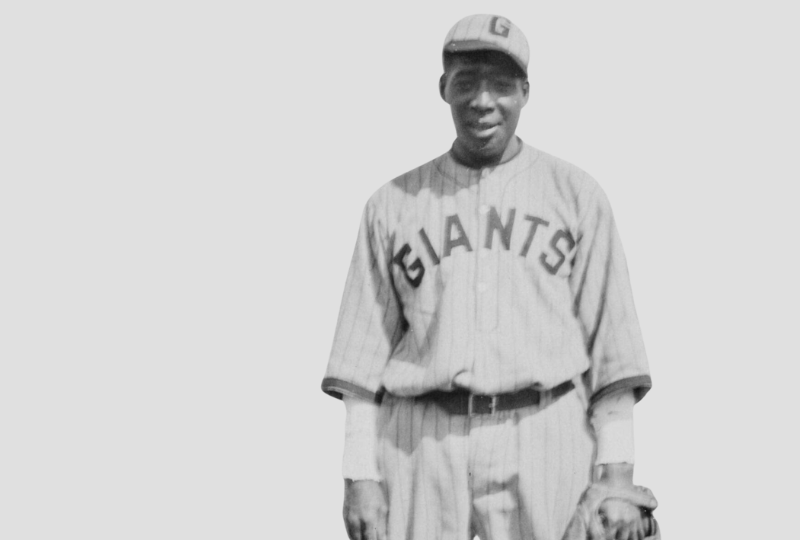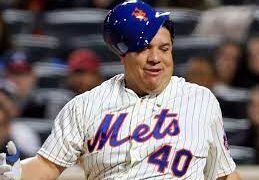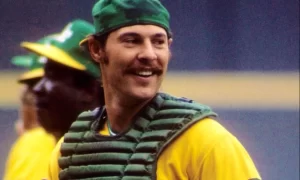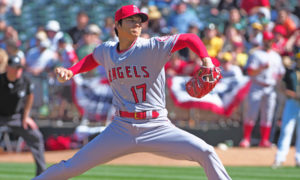The Babe and Showtime Have Nothing on Bullet Rogan

Shohei Ohtani’s extraordinary ability and production have given baseball fans plenty to talk about over the past five years. He’s been a top 10 MLB hitter since stepping foot in a batter’s box in 2018, and his pitching (which was always good) has improved to the point that he’s also legitimately one of baseball’s best on the mound as well. Over the long weekend, he pitched 8 innings of 1-run ball against the best team in the American League. He took a day off, then hit two homers.
This of course has drawn many comparisons to Babe Ruth, who was unquestionably the best hitter of his generation and may also have been the best pitcher in the AL over a two-season stretch. The general consensus is that Ruth was a baseball unicorn until Ohtani’s arrival over a century after the Babe’s debut. Players who can both pitch and hit on an MLB level to any extent are extremely rare – the odds of a player doing both at the level of Ruth and Ohtani is infinitesimal.
Yet as we know, consensuses can often be based on lacking information. Often relevant data can be omitted willfully, but more often it’s unknowingly overlooked. With regards to discussions of Ohtani, Ruth, and who’s the best two way player of all time, I’m here to tell you that Charles Wilber “Bullet” Rogan has entered the chat. Furthermore, any baseball journalist or announcer who doesn’t bring Bullet’s name and game into the conversation is doing (another) disservice to a huge part of baseball history, because Showtime and the Babe don’t have anything on Bullet.
After multiple stints in the US Army, Rogan began his career in 1920 at the age of 26 with the Kansas City Monarchs of the Negro National League. Over the next ten seasons he’d post a 156 OPS+, which was good for fifth best in the NNL in the 1920s – and 16 points better than Ohtani’s career 140 mark, if you’re curious. (In fact, in the ‘20s, Babe Ruth, Rogers Hornsby, Lou Gehrig, and Harry Heilmann were the only AL/NL players with a higher OPS+.) Whether measuring players by counting stats or rate stats, Rogan was one of the best hitters of his generation; he was top ten in NNL rankings in hits, doubles, triples, home runs, RBI, walks, stolen bases, total bases, batting average, OBP and SLG in the ‘20s.
Perhaps even more impressively, he did it by not only playing regularly (in the 20s Rogan played more games than all but three NNL players), but he did it by playing every position on the field except shortstop. With that level of offensive production and defensive versatility, he averaged 6.8 bWAR per 162 games* for 10 seasons for the Monarchs with his bat and glove. For some perspective, Ohtani posted 4.9 bWAR as a batter in 2021 when he won the AL MVP and is on pace for 3.7 this season.
(*For too many reasons to list here, the Negro Leagues did not play as many games as the AL and NL – the Monarchs averaged 83 games per season in the 20s, for example. We’ll convert Rogan’s totals to 162 games where necessary for today’s discussion.)
While establishing himself as one of the NNL’s best hitters and position players at the same time that Babe Ruth was changing the sport forever with his offensive firepower, Bullet was establishing himself as arguably the best pitcher in all of baseball – Negro Leagues, American League, National League, included. In fact, Casey Stengel referred to Bullet as “one of the best – if not the best – pitcher who ever lived.” Longtime teammate and catcher Frank Duncan claimed that if you had a choice between Rogan and Satchel Paige, you’d take Bullet because Bullet was as good on the mound as Paige but was also your cleanup hitter.
Rogan only pitched one game in 1929 when he became predominantly a center fielder, but to avoid accusations of cherry-picking and to open up the sample size, I’ll include the entire decade of the 20s for the following numbers and comparisons.
In the 1920s, Bullet Rogan not only led all Major League pitchers in ERA+, ERA, and FIP, he did it by wide margins. His ERA+ of 163 through the ‘20s far surpassed the second-best 130 that Hall of Famers Dazzy Vance and Pete Alexander posted in the decade, and Rogan’s 2.62 ERA trounced Alexander’s next best 3.04. Rogan’s MLB-best 2.36 FIP in the decade also easily outpaced Vance’s second-best 2.84, but Bullet slacked a bit in the WHIP category, leading all of MLB with 1.156, only slightly ahead of Alexander’s 1.191.
If you’re wondering about innings totals with regards to his rate stats, as the Negro Leagues didn’t play as many games as the AL and NL, allow me to alleviate your concerns. Rogan led NNL pitchers in IP in the ‘20s so I’m not going to penalize him for pitching more than anyone else. Exhibition and barnstorming games are not counted in NNL stats, so Rogan likely pitched comparable innings to his AL/NL counterparts. That said, his 1,492 innings would still have placed him in the top twenty in IP in both the AL and NL over the same stretch. Remarkably, even despite the reduced opportunities to compile numbers, Bullet still had the third highest strikeout total in MLB in the decade, fanning more batters than Hall of Famers Walter Johnson, Waite Hoyt, and Pete Alexander despite throwing far fewer innings.
From 1920 through 1928 (again, Rogan only pitched one game in ’29) Bullet averaged 7.0 bWAR per 162 games on the mound for the Monarchs. In 2022 Justin Verlander, Dylan Cease, and Ohtani are the pitching WAR leaders in the American League and none of them are on pace to reach 7.0 bWAR this season – a pace Bullet kept up for nine years.
If you haven’t already done the math in your head, the combined value of Rogan’s bat and pitching is jaw-dropping. From 1920 through 1929, Rogan averaged 6.1 combined bWAR per season, but let’s not forget, the Monarchs only averaged 83 games per season. When we prorate his WAR over full AL and NL schedules, his average bWAR per season would be 11.9 per 162 team games. Babe Ruth exceeded 11.9 bWAR in a season three times in 22 years – Bullet averaged 11.9 over a decade. Ohtani, for his part, posted 9.0 bWAR in 2021 and is on that exact same pace so far in 2022, which is inner-circle Hall of Fame level for sure, yet still a long way from Bullet.
If you want to take Bullet’s level of dominance one step further, let’s look at his best three individual seasons. In 1922, 1923 and 1925 Rogan posted bWAR totals of 9.0, 8.6, and 9.3 respectively. When adjusted to 162 team games in each of those seasons, the totals would be 18.2, 16.2, and 17.9. If you’re curious, since 1900, the highest single-season bWAR total is 15.1 from Walter Johnson in 1913, while Ruth’s 14.2 in 1923 is second best.
Numbers aside, I keep returning to two aspects of this conversation: First, unlike Ohtani, Rogan played in the field every day. Whereas Ohtani is a designated hitter on days that he doesn’t pitch, Rogan was in the field providing value to his team with his glove at seven positions, every day (in day games in Kansas City all summer no less, which gives me a heat stroke just thinking about it).
Secondly, unlike Ruth, Bullet Rogan was a dominant pitcher and hitter simultaneously, within the same seasons. In 1918, Ruth made 19 starts as a pitcher and 72 as a position player then in 1919 he made 15 starts on the mound and 116 in the field – the other 20 seasons of his career he was either a pitcher or a hitter. Despite being great in 1918 and 1919, Ruth decided either he couldn’t or wouldn’t do both long term, while Rogan did both simultaneously for almost a decade.
Of course, there are far too many aspects of this conversation to comprehensively explore today, but we can’t finish without acknowledging the levels of competition. I think we’d all agree that the pitchers and hitters that Ohtani faces are significantly harder to separate from statistically than those that Ruth and Rogan played against. If you believe Ohtani is the best player to ever walk onto a baseball diamond, I might not disagree with you.
Nothing in the previous three paragraphs is an attempt to minimize the talent and accomplishments of any of the players. Players can only play in the era they played, and against only the players in front of them. With that context, all three are among the best ever in my mind, for different reasons. Yet Ruth and Ohtani are commonly spoken of in that esteem, while Charles Wilber “Bullet” Rogan very rarely carries the same weight. This is a disservice to him and the Negro Leagues in general. When it comes to providing value to your team from both the pitcher’s mound and the batter’s box, Bullet may have been the best of them all.


















